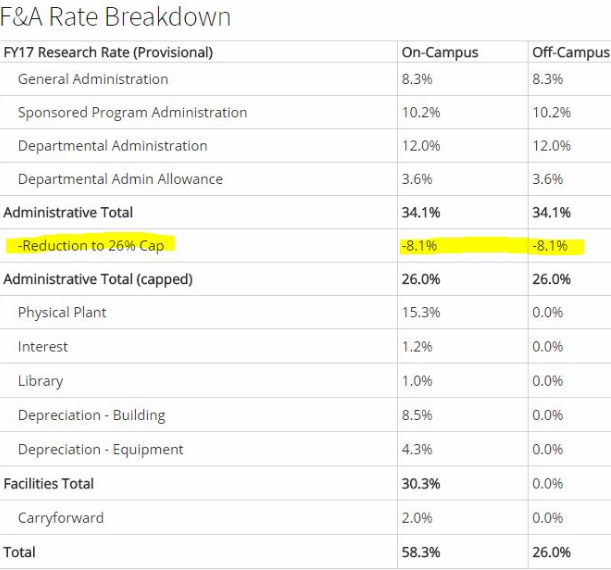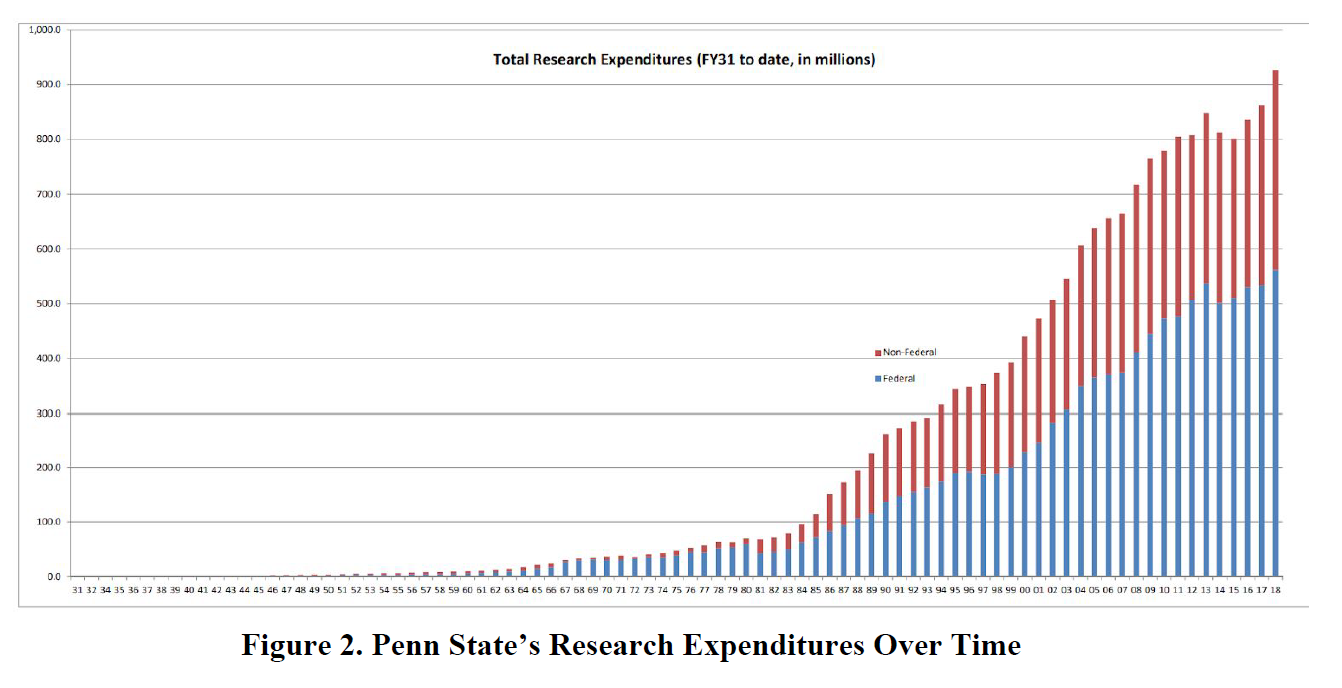In conjunction with the release of Parts I and II of my 'Swept Under the PSU Rug Series', I ask all Penn State stakeholders--faculty, staff, administrators, students past, present, & future, greater State College and Middle Pennsylvania communities--to please sign the petition in support of the recommendations put forth in Part II of the Swept Under the PSU Rug proposal.
- Part I: PSU Still a Hunting Ground - A Case Study in the Department of Chemical Engineering’s Handling of a Title IX Case Post-Sandusky [9 pages]
- Part II: Demotion of Safety Culture in Laboratory Relocations- From sewage to biohazards, Penn State denies its role in creating unsafe move conditions--from the top-down [33 pages with 100 pages of supplementary content & 20 minutes of video footage]


